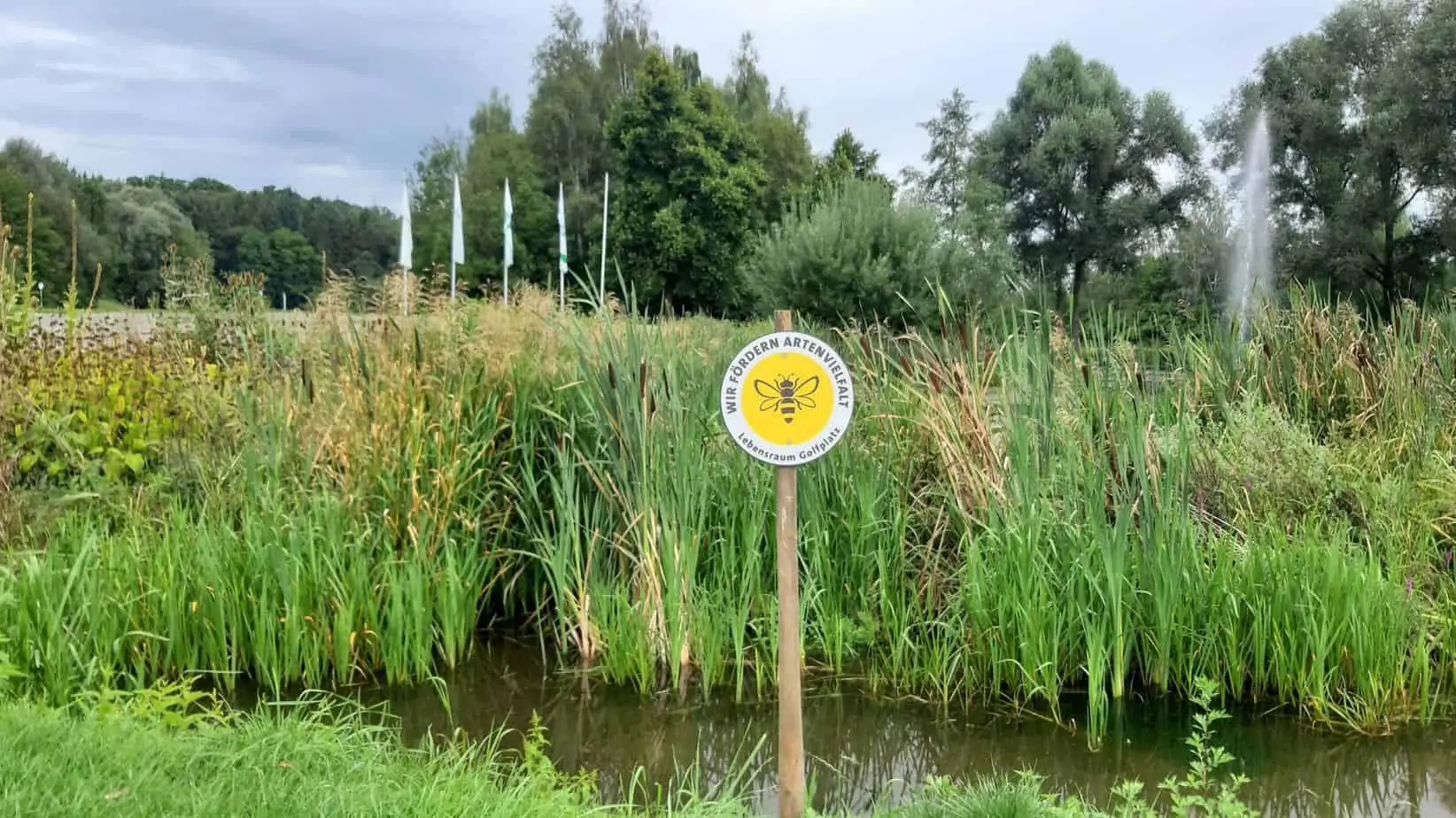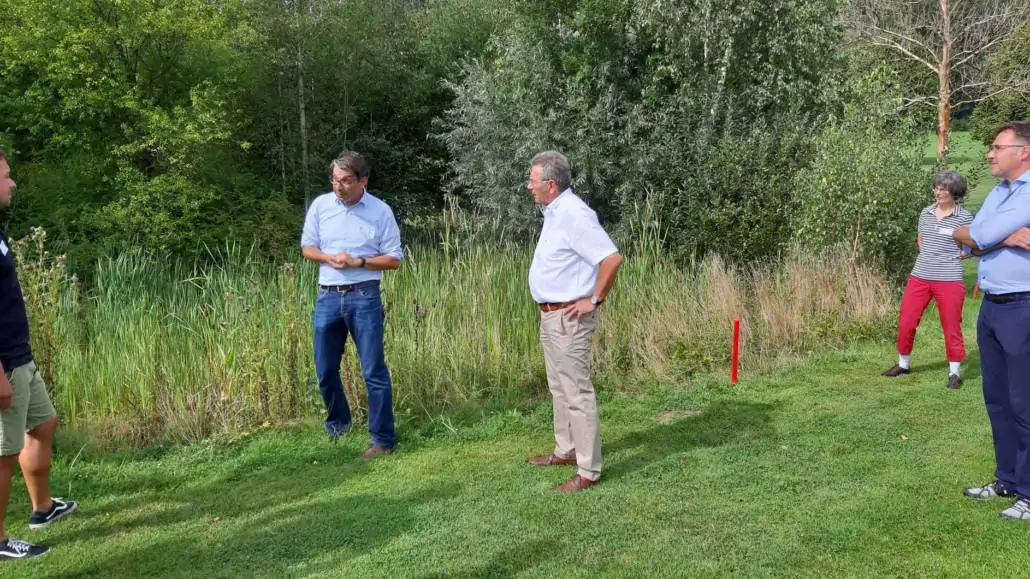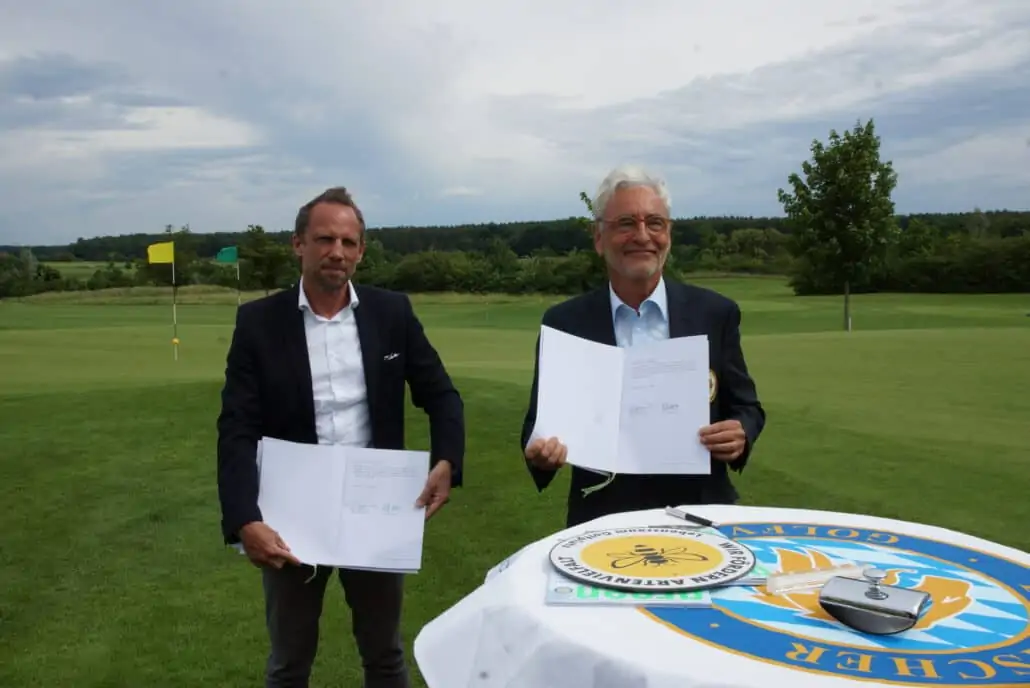Biodiversity offensive of the DGV is accelerated
The call is clear: “Now is the time for the golf area, with its huge areas, to get involved as a major partner in environmental protection and nature conservation, and thus show socio-political responsibility.” Marc Biber, Head of the Environment & Course Maintenance Department at the German Golf Association , explained at today’s DGV-Online-Hearing, that the further development of German golf courses depends to a large extent on the commitment of each individual course in the area of nature and environmental protection.
The reasons for this are clear to Biber: Increasing regulations for course maintenance and climate change present golf courses with the challenge of achieving a high playing quality while at the same time meeting the requirements that arise, for example, from increasing water shortages. Ultimately, this is also important for a change in the image of golf in the population and among the authorities.
The German Golf Association therefore launched a biodiversity offensive in 2020 called “Golf course habitat – we promote biodiversity” , which Biber understand as a “game changer”. With regard to the EU report on biodiversity from October of this year, Biber pointed out the fact, that 39 percent of birds in Germany and 63 percent of other animals are acutely threatened. Due to its large areas, which extend to a total of 48.000 hectares in Germany, golf has the opportunity to implement projects away from the fairways that counteract this extinction of species. After all, only about 40 percent of the area of a golf course is used as a fairway on average.
“Our areas are not subject to any production pressures,” Biber also pointed out the decisive difference to agricultural areas. Rather, one finds small-scale habitats here, that are ideally suited for the development of more biodiversity.
The project “Golf course habitat – we promote biodiversity”, which started in 2019 as a pilot project in Baden-Württemberg with the local Ministry of the Environment (picture below left), is now being implemented in numerous clubs there. In Bavaria, the Bavarian Golf Association signed the “Bavarian Blühpakt ” with the Bavarian Ministry of the Environment (bottom right picture), which is also intended to increase biodiversity on the golf courses. According to Biber, the German Golf Association is currently in talks with the state associations of Hesse, Rhineland-Palatinate, North Rhine-Westphalia and Schleswig-Holstein about starting the project. All other state golf associations have also been contacted.
In addition, the “ Golf and Nature” certification model, which the German Golf Association has been offering for years, is used as a guideline for numerous golf courses with regard to the quality of care, environmental and nature protection, and occupational safety.
In the end, the individual golf course operator or club with its initiatives is decisive for the further success of the biodiversity offensive, for Biber there is no question: “Whether the golf course habitat project can bring about a real image change depends on the initiatives of your golf course.” The biodiversity offensive in Germany has stalled at times due to the corona pandemic, but the urgency of the issue has not changed.










